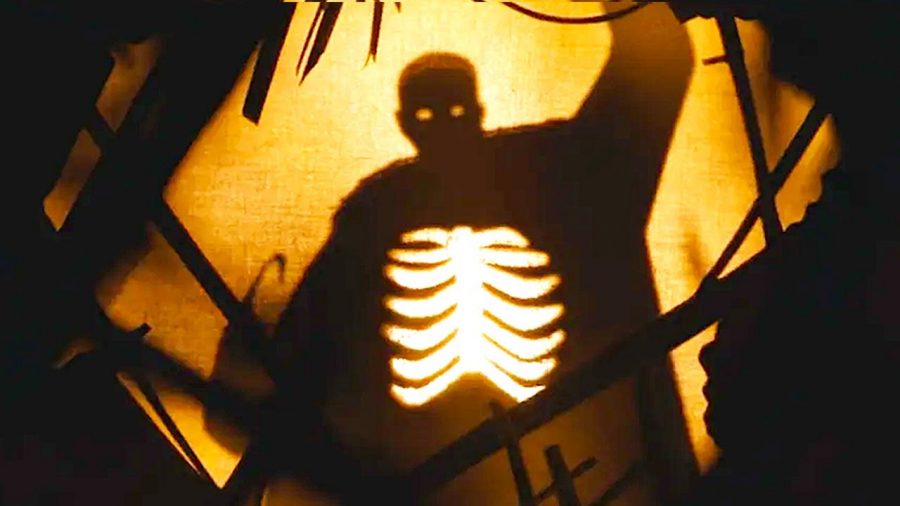The newest “Candyman” is the most poignant yet
A review and analysis of the new direct sequel to the 1992 “Candyman”.
The Candyman franchise is famous for being one of the more racially charged horror properties in the American zeitgeist. Before Jordan Peele broke into the mainstream, the second best-known black horror film was “Tales From the Hood”. And yet, the 2021 “Candyman” is the first of the four-film-franchise to have a black protagonist. No joke, the first three films all had a white woman as the main character, being pursued of course by the titular antagonist. Now, while the original “Candyman” (1992) had more than enough substance to make up for the lack of real representation, the two sequels, “Candyman: Farewell to the Flesh” (1995) and “Candyman 3: Day of the Dead” (1999) were very poorly received, and as a result the newest film skips over them entirely, acting as a direct sequel to the original.
At the center of this new film is violence. While this film comments significantly on the topic of gentrification, as it was a central theme in the original, the true focus of the 2021 “Candyman” is violence. The film opens with a violent death, the primary antagonist is an unstoppable violent force, the main character’s life is plagued with violence, the film ends with a display of violence rarely seen on the silver screen and the violent titular killer can be instantly summoned at any time by saying the name “Candyman” five times.
The threat and presence of violence is something that seems to envelop the universe of the film, never allowing the characters to escape. The other key thing to understanding how violence is portrayed in this film is that violence always compounds. Every action has consequences, and violence is always met with violence.
This is demonstrated fairly obviously through the Candyman himself, who in life was a man named Sherman Fields. Sherman was beaten to death by police officers for a crime he did not commit, and returns as a spirit to continue the cycle of violence. Even the murderous demon is a victim of his circumstances.
The main character of “Candyman” has been cursed by violence his entire life. It is revealed later on in the movie that from his infancy, violence has somewhat literally hunted him down. Throughout the movie, Candyman’s victims are routinely those who come into close contact with our main character, and the main character begins to somewhat accept it, realizing that he cannot escape its crushing grasp.
However, it must be said, that the origin of all violence in this movie is external. Candyman, in all his incarnations, is a tragic, corrupted figure, who was hurt so unjustly and painfully in life that his spirit cannot rest, instead cursed to continue the cycle of violence.
It could even be said that the 2021 “Candyman” has no true villains. There are villains in “Candyman”, plenty of them, but every single one is faceless. The police force who beat Sherman Fields to death, the posse who lynched Daniel Robitaille and the hedge funds who gentrified Cabrini Green, all are completely devoid of character, because it’s not the people within the systems creating the violence, it’s the systems themselves. Just like Candyman, the people are products of their environment.
The newest “Candyman” film touches perfectly on a dark and tragic way our world is designed. First-time director Nia DaCosta delivered an emotionally powerful horror film, something not many have been able to achieve. With that being said, the story of Candyman finally feels completed, maybe now his spirit can finally rest. Try saying his name and see if he really is at peace. What’s the worst that could happen?
Your donation will support the student journalists of West High School. Your contribution will allow us to purchase Scholarship Yearbooks, newsroom equipment and cover our annual website hosting costs.

(he/him) Jack is the online copy editor & arts editor for WSS. He's a senior at west and is also involved in the west high Orchestra as a cellist....



